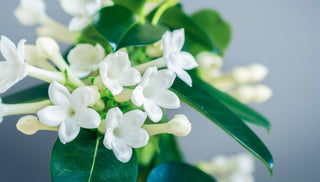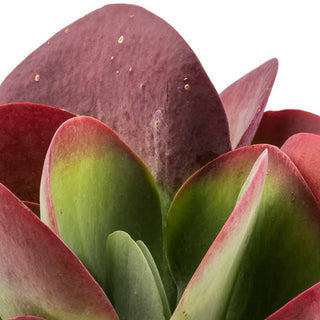☘ Origin: South Pacific on a tiny little 13-square foot Island between Australia and New Zealand
☘ Family: Araucariaceae
☘ Botanical Name: Araucaria heterophylla
☘ Common Name: Norfolk Island Pine
Symbolism: Bonsai art is not only a horticultural practice, but it also inspires harmony, equability and simplicity. Bonsai, in general, symbolize harmony, peace, and order of thoughts, balance and all that is good in nature.
🍃 Shop your Norfolk Pine Bonsai Today!
🔆 Light
This Bonsai will thrive indoors in high light, partial sun position. Turn the plant every week to develop even growth from all sides.
💧 Water
Norfolk Pine Bonsai does not like the soil to be wet, but it also does not like to be totally dry. The ideal watering schedule is one that allows the plant to become just a little dry between waterings.
To give your plant the absolute best, room-temperature rainwater and bottled spring water are your best options. Any water containing sugar or salt will hurt your plant!
☁️ Humidity
Prefers a bit of humidity so make sure you increase the humidity specially in the winter months with a pebble tray or a humidifier. It will also appreciate regular filtered-water-misting all year round.
🌡️ Temperature
A temperature between (14°C-22°C) is suitable for the Norfolk Island Pine. During winter you must be careful where do you place your Bonsai, since it has very low tolerance to low temperature and frost.
🧴️ Food
Feed twice a week during the growing season, from Spring to Autumn, with an organic Bonsai fertilizer, or general purpose fertilizer.
🐾 Toxicity
Mildly toxic to pets when ingested, occasionally causing abdominal pain, vomiting, diarrhea, and lethargy.
➕ Additional Tips
Low relative humidity levels, insufficient light, or excessively dry soil conditions may induce browning of branch tips and lead to the loss of the lower branches.



